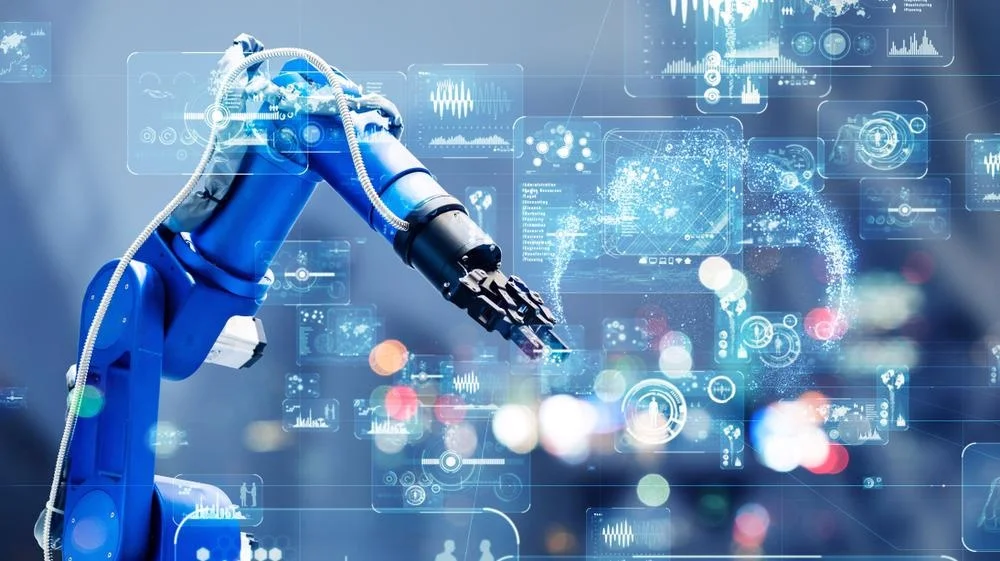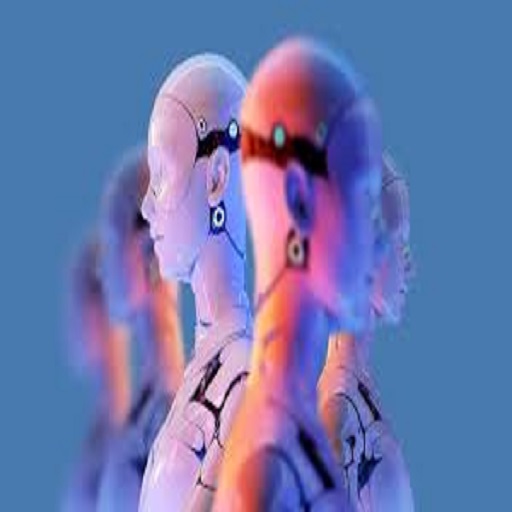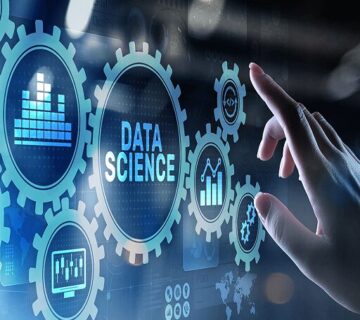That is the science that deals with the design, construction, programming, and use of robots.
Robots are defined as automated or semi-automated machines capable of performing specific tasks.
This science combines several different fields, including mechanical engineering, electrical engineering, computer science, and artificial intelligence.

Main Branches
1 . Industrial Robotics
Involves the design and use of robots in production lines and factories for tasks such as welding, painting, assembly, and packaging. These robots are typically used to enhance efficiency and reduce costs.
2 . Service Robotics
This subfield focuses on robots designed to assist humans in performing daily tasks. This includes cleaning robots, guide robots in hotels, and assistive robots in caring for the elderly and patients.
3 . Autonomous Robotics
This area develops robots that can perform tasks without the need for direct human control. This includes self-driving cars, search and rescue robots, and space exploration robots.
4 . Humanoid Robotics
This subfield focuses on designing and constructing robots that resemble humans in appearance and movement. These robots are often used in research and training related to human-robot interaction.
5 . Medical Robotics
Involves the development of robots used in medical and surgical fields. These robots can be utilized in precision surgeries, rehabilitation, and patient care.

6 . Space Robotics
This subfield focuses on the design and use of robots for space missions. Examples of this type of robot include exploratory robots, rovers, and robots for satellite maintenance.
7 . Intelligent Robotics
This area involves the use of artificial intelligence and machine learning technologies in robots. Intelligent robots can learn from their environment and improve their performance.
8 . Agricultural Robotics
Involves the development of robots designed to perform agricultural tasks such as harvesting crops, monitoring fields, and managing water resources.
9 . Social Robotics
This subfield focuses on designing robots that can interact socially with humans. These robots are typically used in educational, recreational, and caregiving contexts.
10 . Micro Robotics
This area focuses on designing and constructing very small robots that can be used in fields such as medicine (for performing microsurgery) and research (for collecting data at the nanoscale).




No comment